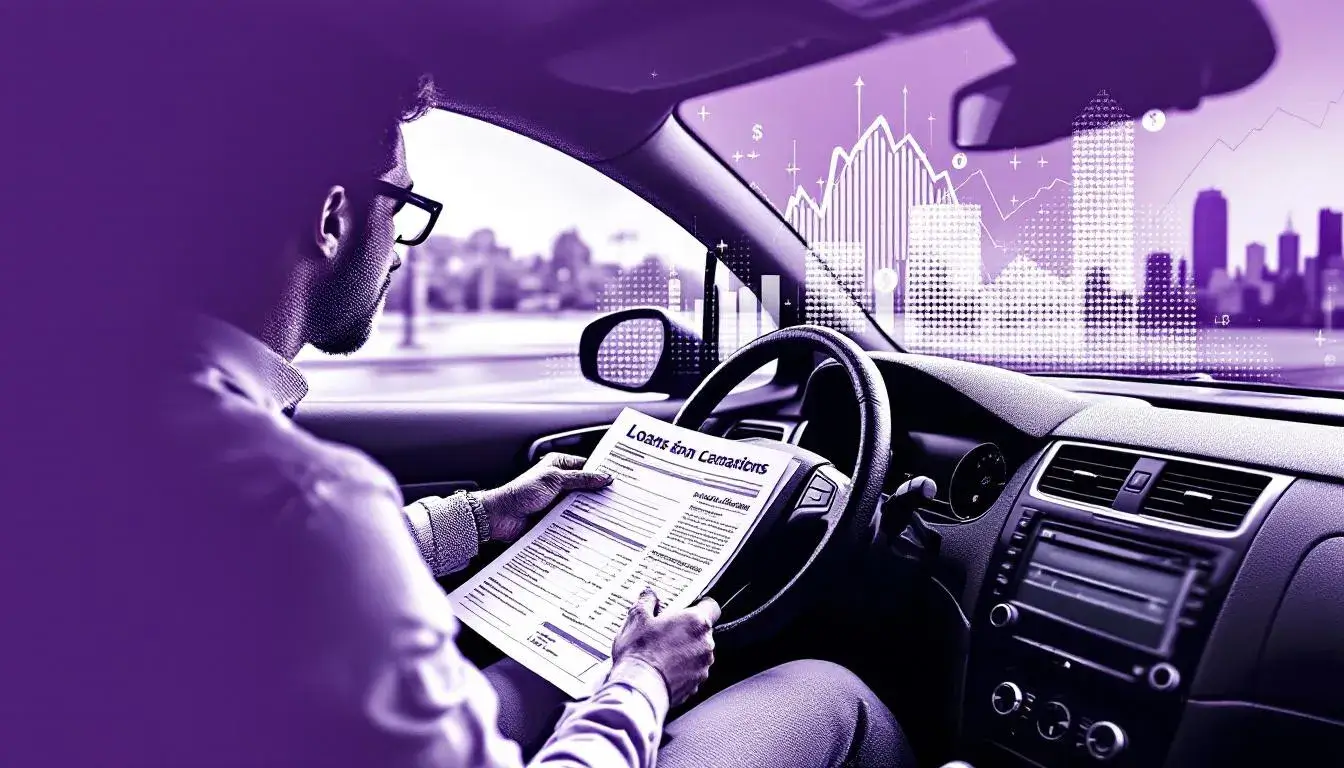
Secured Personal Loan: What You Need to Know

Understanding Secured Personal Loans in the UK
Secured personal loans can offer larger borrowing amounts and lower interest rates compared to unsecured options. But they come with the critical caveat: your assets are at stake if repayments falter. This guide explains how secured personal loans work, who they’re best suited for, and the essential factors to weigh before applying.
Who Should Consider a Secured Personal Loan?
A secured personal loan may suit UK residents who need to borrow substantial sums—often over £10,000—and can offer valuable collateral, such as a home or vehicle. They’re particularly relevant for those seeking to consolidate debt, fund major purchases, or access better rates despite having less-than-perfect credit histories.
Key Concepts: Terms to Understand
Collateral: An asset you pledge (commonly your home or car) that the lender can claim if you default.
Interest Rate: Typically lower than unsecured loans, reflecting reduced risk for the lender.
Loan-to-Value (LTV) Ratio: The amount borrowed compared to the value of your collateral. Higher LTVs may attract stricter terms.
Term Length: Secured loans can extend from 3 to 25 years, affecting monthly payments and total interest.
Default: Failure to repay could result in repossession of your collateral, impacting your credit score and financial stability.
Understanding these basics is crucial. While lower rates are attractive, the underlying risk of losing your asset is not to be underestimated.
Secured Personal Loan Options
Secured loans come in several varieties:
Homeowner Loans: The most common type, secured against your property. Suitable for large sums, but defaulting may lead to repossession.
Guarantor Loans: Sometimes considered a hybrid, where a guarantor’s asset (often property) secures the loan.
Car Title Loans: Less common in the UK, these use your vehicle as collateral.
Lenders range from high street banks and building societies to specialist finance brokers. Each lender may impose different terms, fees, and eligibility criteria. Borrowers can often use secured loans for debt consolidation, home improvements, or significant life events.
Costs, Impacts, Returns, and Risks
Costs:
Interest rates on secured loans typically range from 3% to 10% APR, depending on your creditworthiness and collateral. Arrangement fees, early repayment charges, and valuation fees may apply.
Impacts:
Lower monthly payments compared to unsecured loans, especially for longer terms. However, extending the term increases total interest paid.
Risks:
The most significant risk is losing your asset if you default. Repossession can have long-lasting financial and emotional repercussions.
Your credit score could suffer, affecting future borrowing options.
Eligibility, Requirements, and Conditions
While criteria vary, these are typical requirements:
UK residency
Minimum age (usually 21+)
Proof of income
Ownership of collateral (property or vehicle)
Sufficient equity in your asset
Acceptable credit history (though secured loans may be available to those with adverse credit)
Lenders will assess affordability and may require a property valuation. Expect to provide documentation related to your income, asset, and identity.
How Secured Personal Loans Work: Step by Step
Assess your borrowing needs and asset value
Compare lenders and loan offers
Submit application with proof of income and asset
Lender conducts credit and affordability checks
Asset valuation arranged (if required)
Receive loan offer and review terms
Sign agreement and provide security
Funds released to your account
Pros and Cons: Key Considerations
Pros:
Lower interest rates than unsecured loans
Higher borrowing limits
Longer repayment terms
More accessible for those with adverse credit
Cons:
Risk of losing your home or car
Additional fees (valuation, arrangement, early repayment)
Longer-term debt can increase total interest paid
Slower application process due to valuations and legal checks
Balancing these factors is essential before proceeding.
Before You Decide: What to Watch Out For
Affordability: Can you comfortably meet monthly repayments, even if interest rates rise (for variable rate loans)?
Total Cost: Add up all fees and interest over the term—not just the monthly figure.
Impact on Ownership: Understand that your asset is at stake. If unsure, seek independent financial advice.
Alternatives: Could an unsecured loan, credit card, or remortgage serve your needs with less risk?
Early Repayment Charges: These can erode savings if you plan to pay the loan off early.
Other Options to Consider
Unsecured Personal Loans: No asset required, but typically higher rates and lower limits.
Remortgaging: For homeowners, increasing your mortgage may offer better rates over a longer term, though overall costs could rise.
Credit Cards: Suitable for smaller, short-term borrowing, especially with 0% introductory offers.
Peer-to-Peer Lending: Alternative platforms may offer flexible terms but require careful scrutiny.
Compare all options, considering both immediate needs and long-term outcomes.
Frequently Asked Questions
1. Will I lose my home if I miss one payment?
Not automatically. Lenders typically allow time to catch up, but persistent arrears can lead to repossession proceedings.
2. Can I get a secured loan with poor credit?
Yes, as the collateral reduces lender risk, but rates may be higher.
3. How much can I borrow?
Typically between £10,000 and £250,000, depending on the asset and your circumstances.
4. Are secured loans regulated?
Yes—most are regulated by the Financial Conduct Authority (FCA), offering some consumer protections.
5. Can I repay early?
Often, but check for early repayment charges that may apply.
6. What happens if my property value drops?
If the asset’s value falls below the outstanding loan, you may owe more than it’s worth—a risk known as negative equity.
Next Steps
If you’re considering a secured personal loan, calculate how much you need and what asset you can use. Compare lenders, scrutinise terms, and use a broker if you need guidance. Never rush—seek impartial advice if unsure, and ensure repayments fit your budget for the entire term.
Disclaimer
This article provides general information only and does not constitute financial advice. Always consult a qualified adviser and check the latest terms with your chosen lender before making any borrowing decisions.
Buy now, pay monthly
Buy now, pay monthly
Some of our incredible partners
Our partners have consistently achieved outstanding results. The numbers speak volumes. Be one of them!


Fittingly

Richards Guitars










